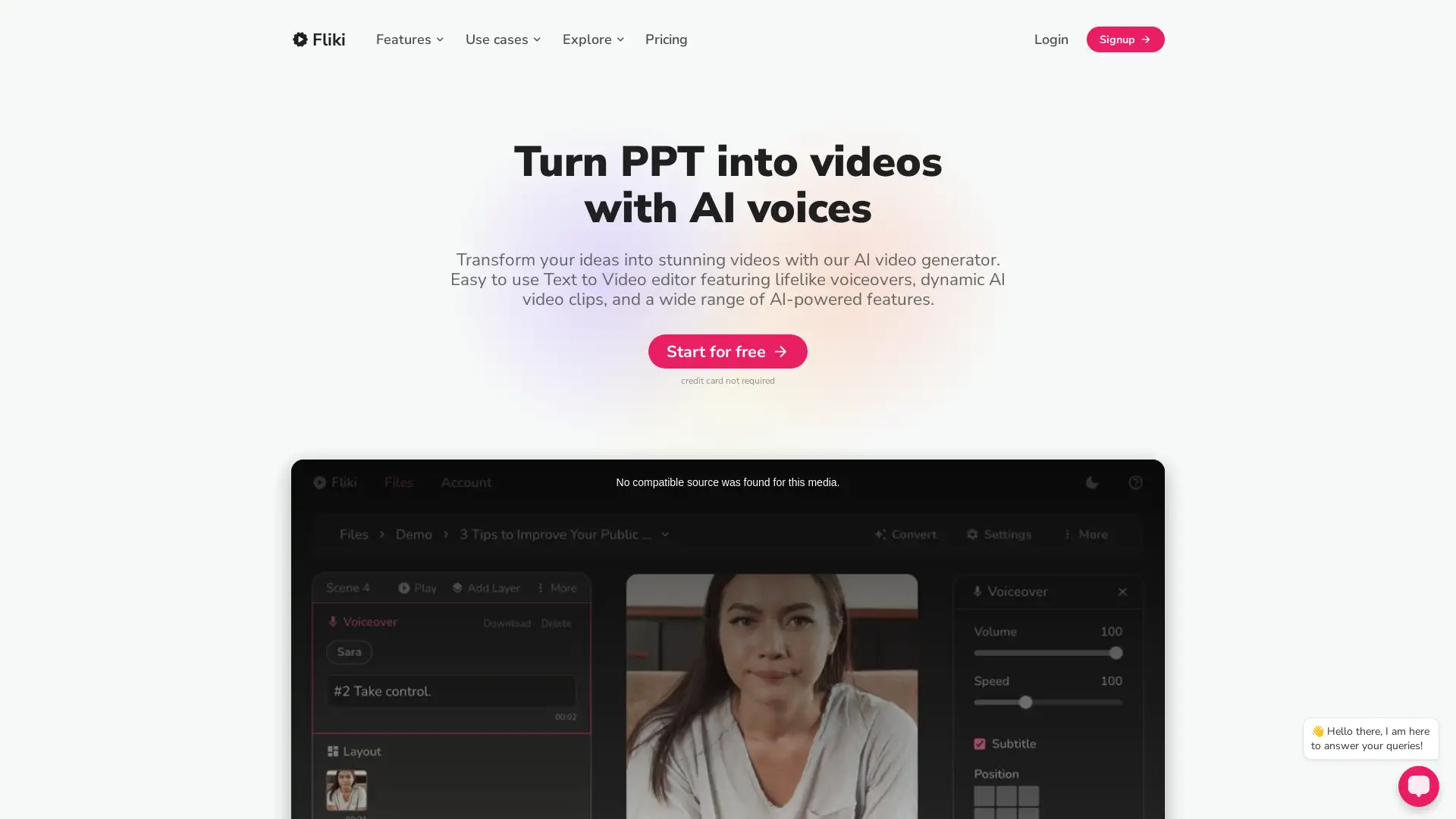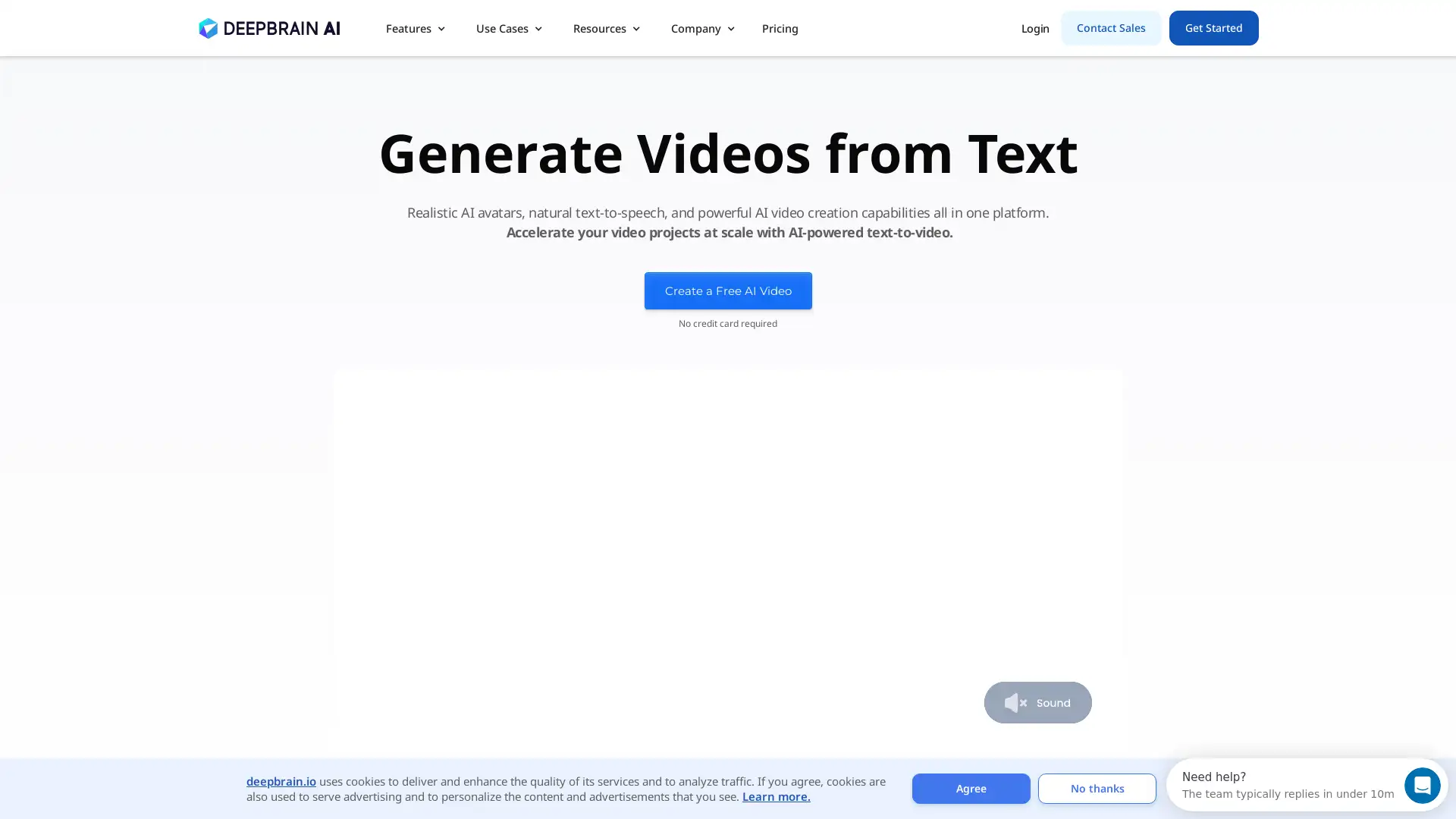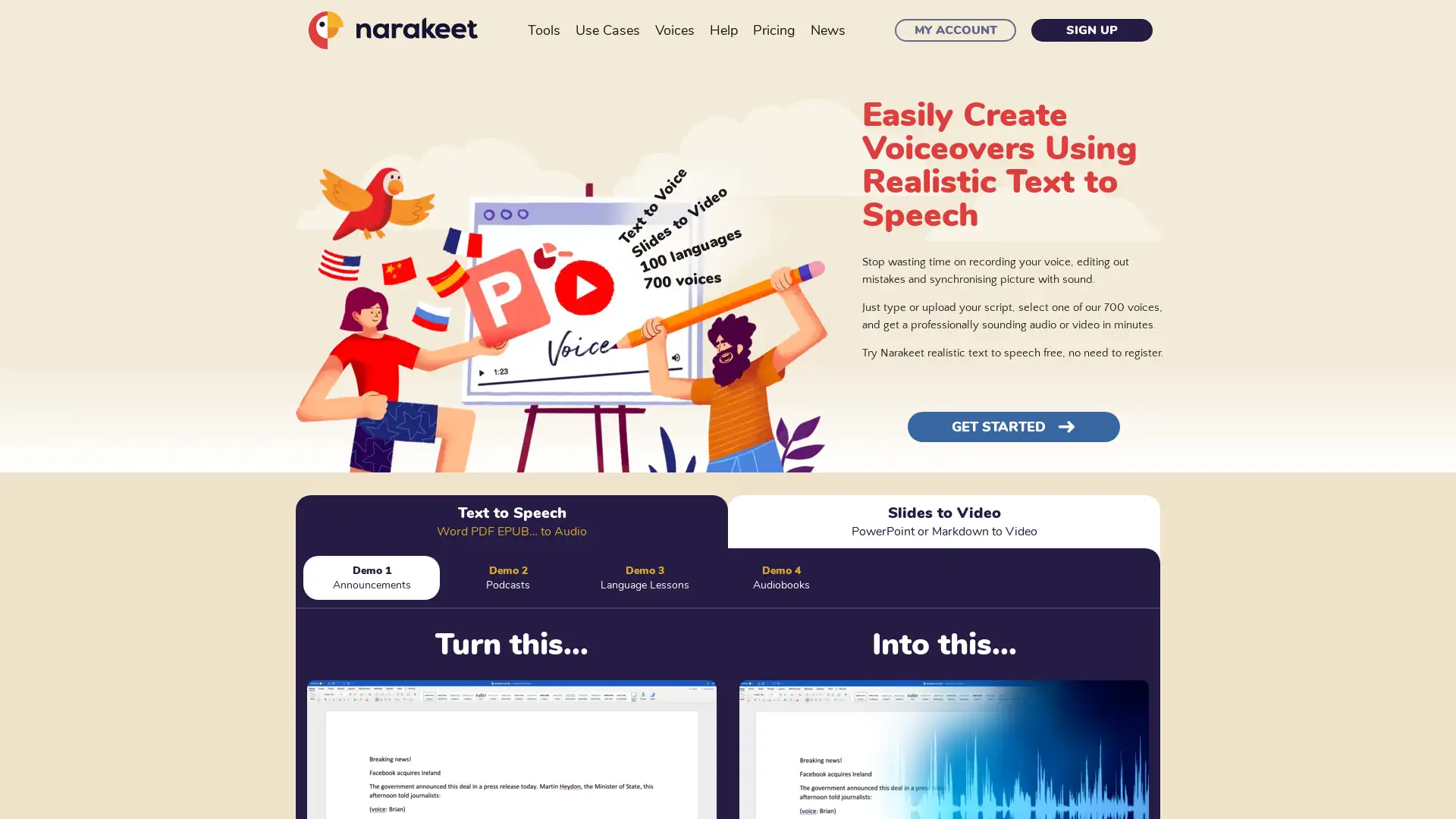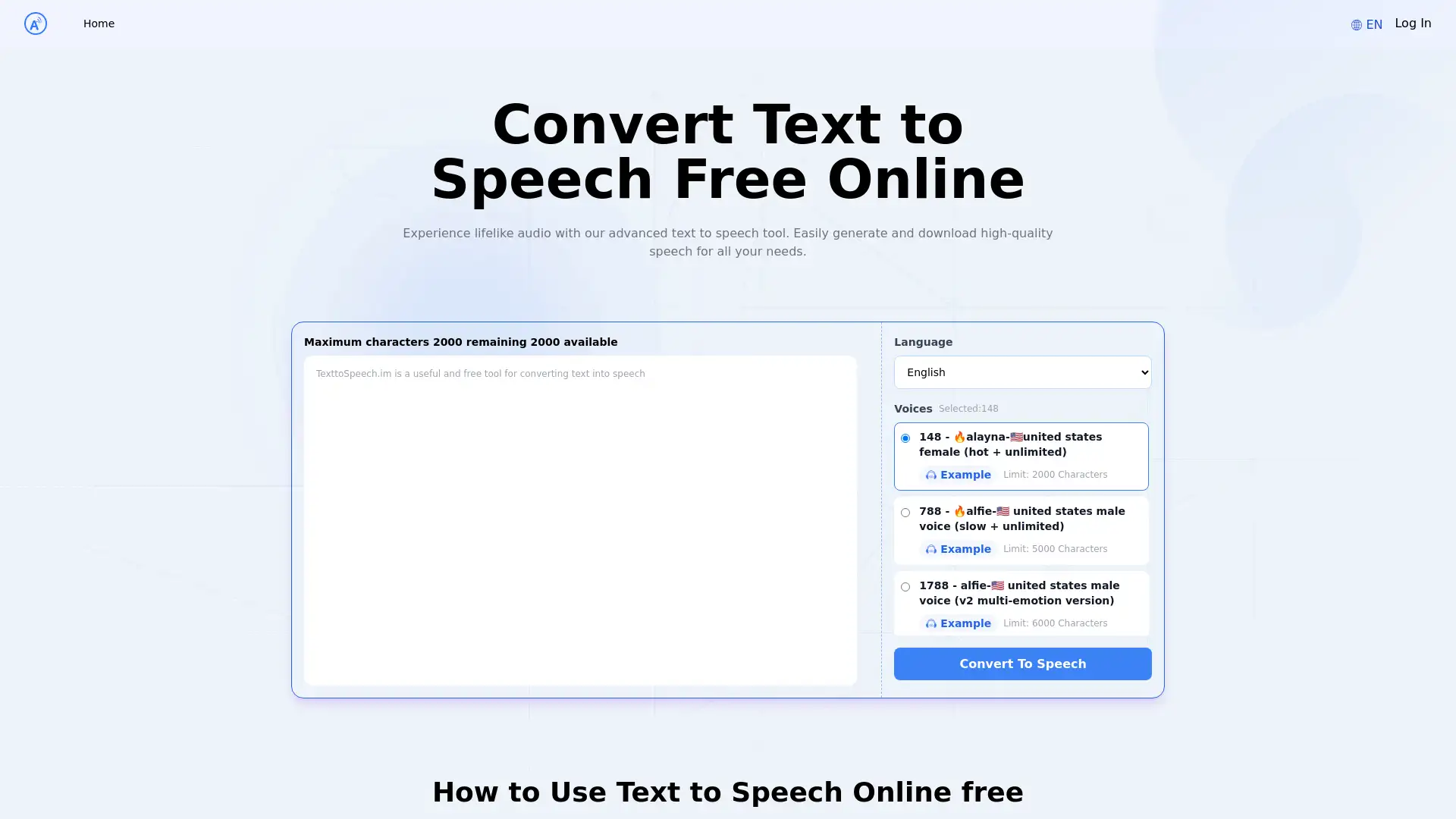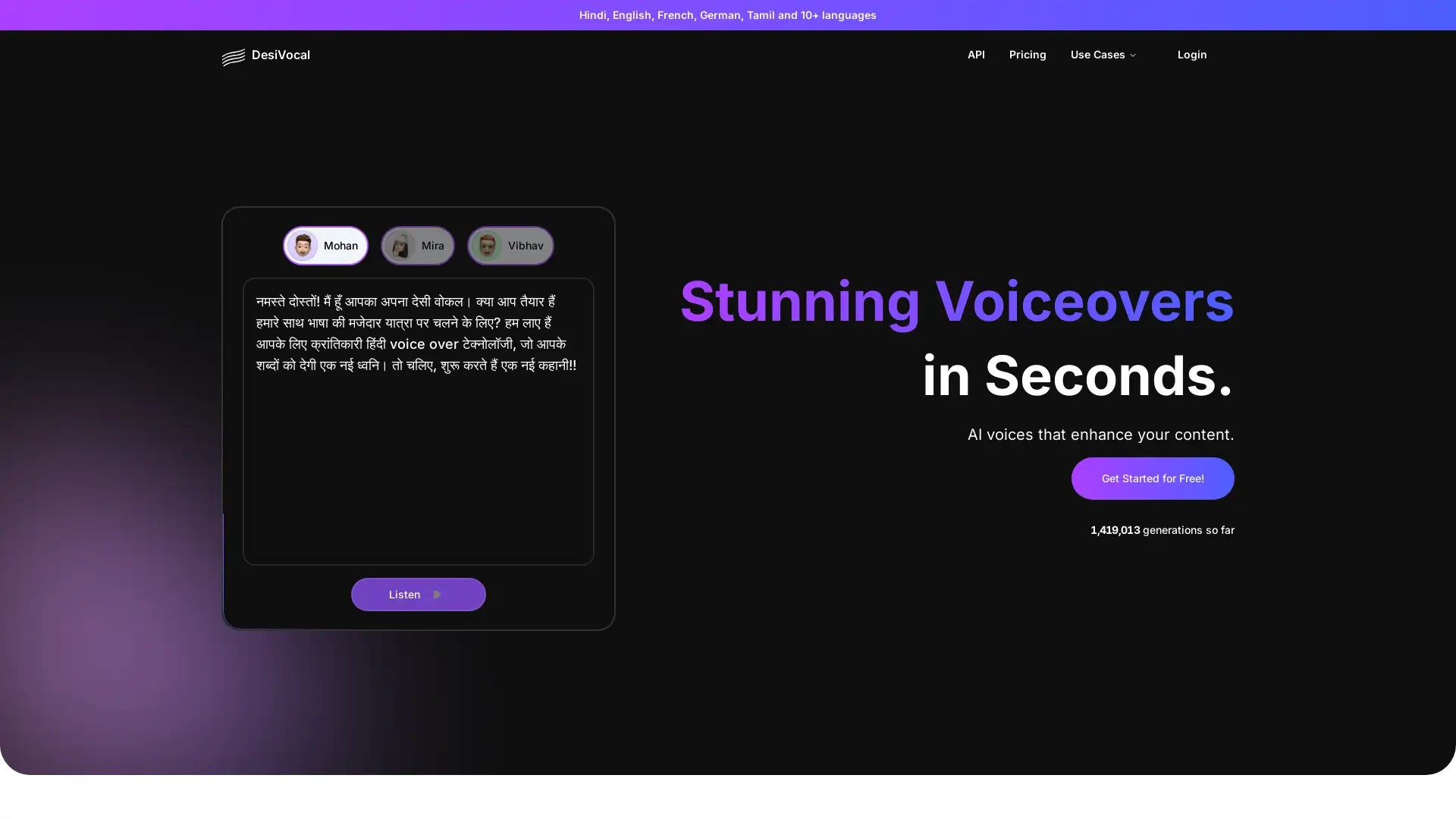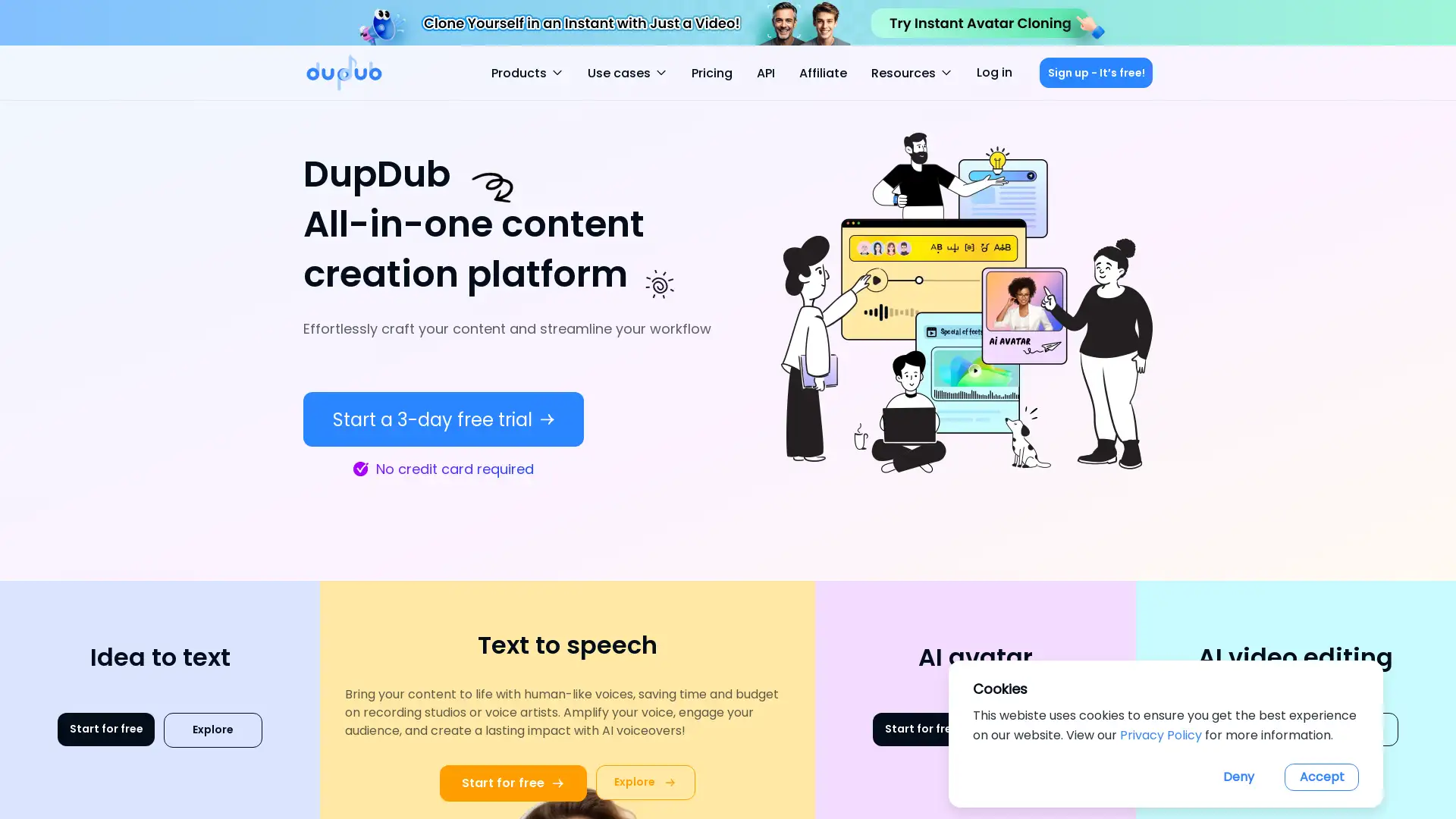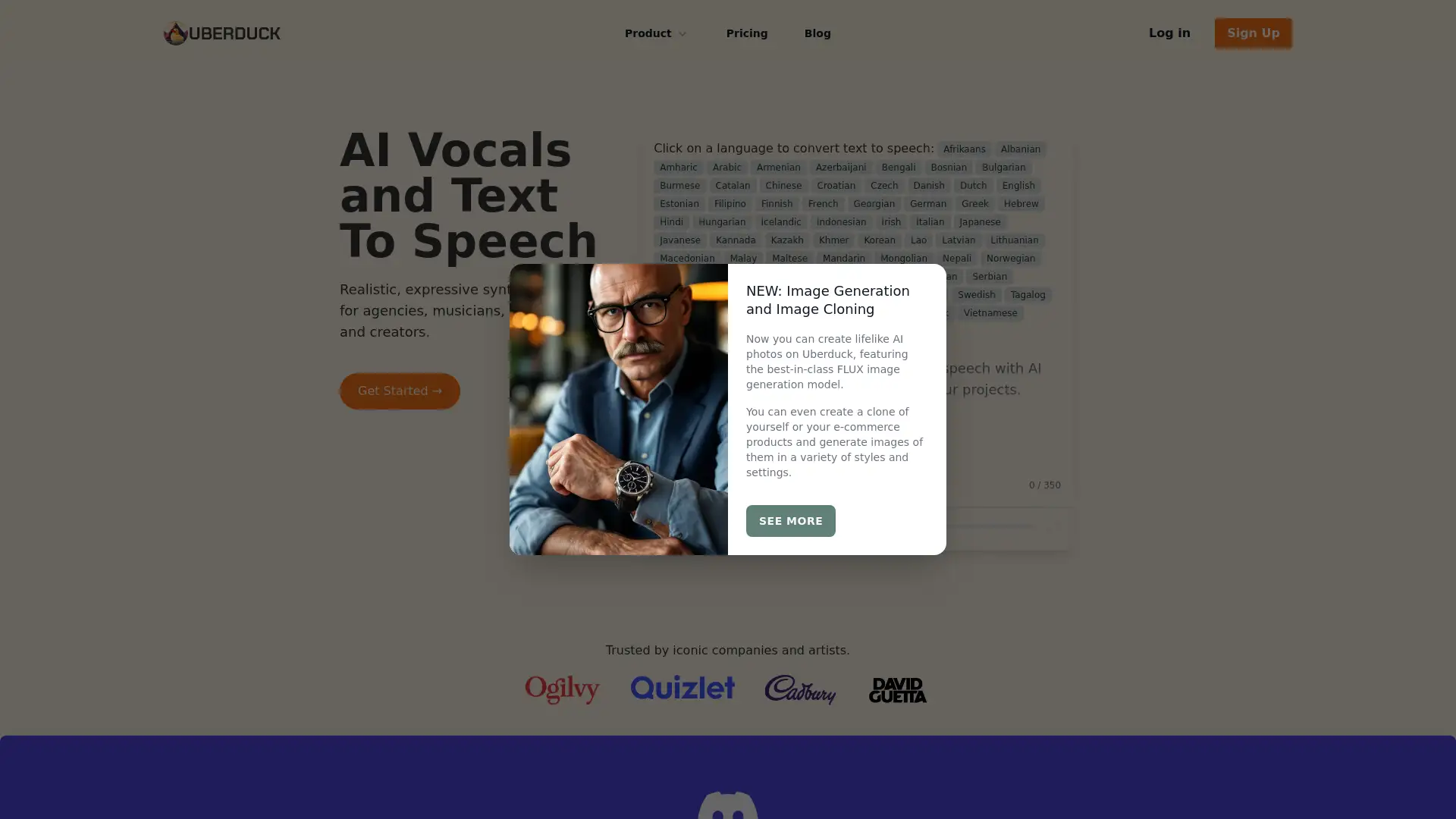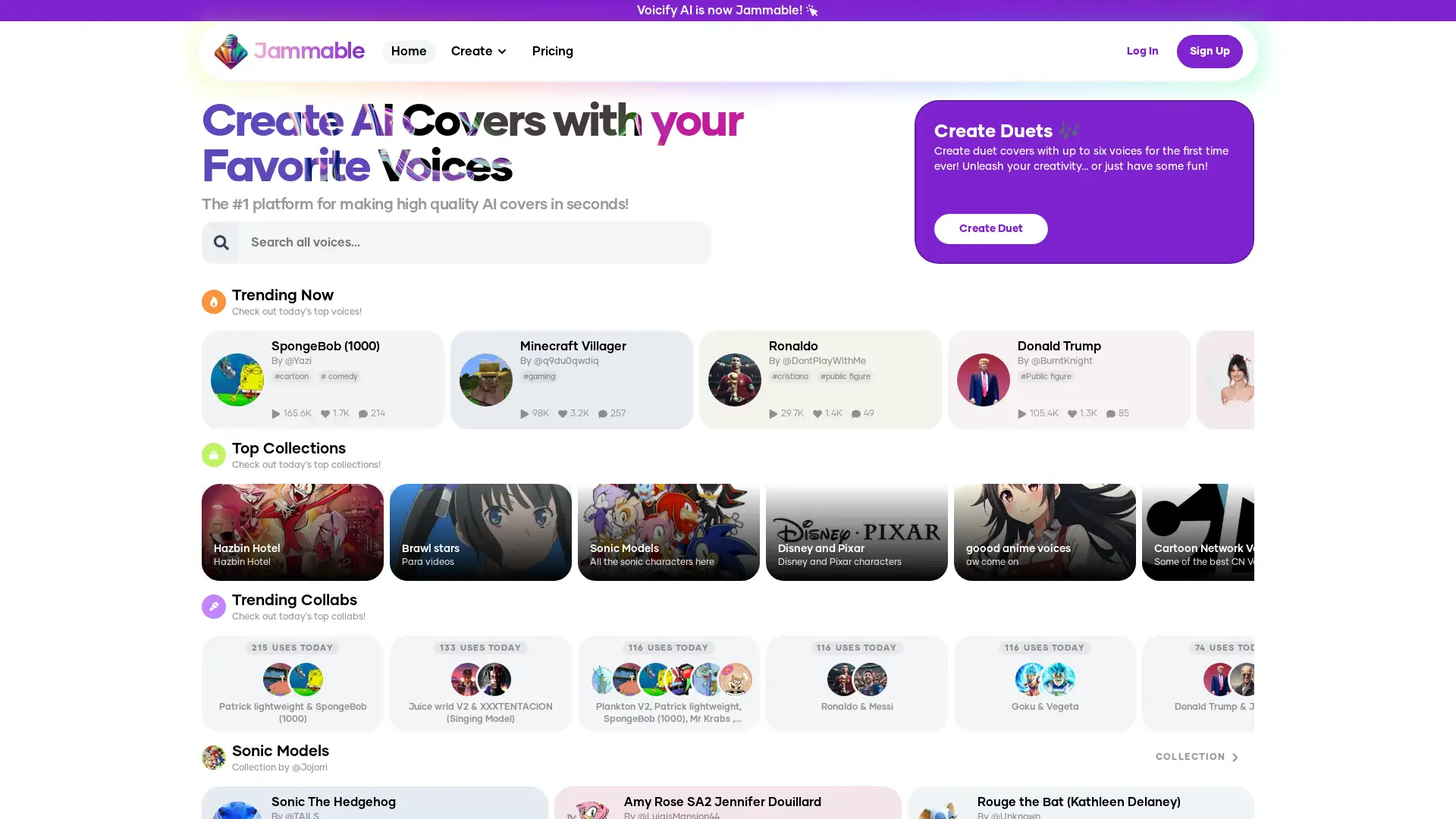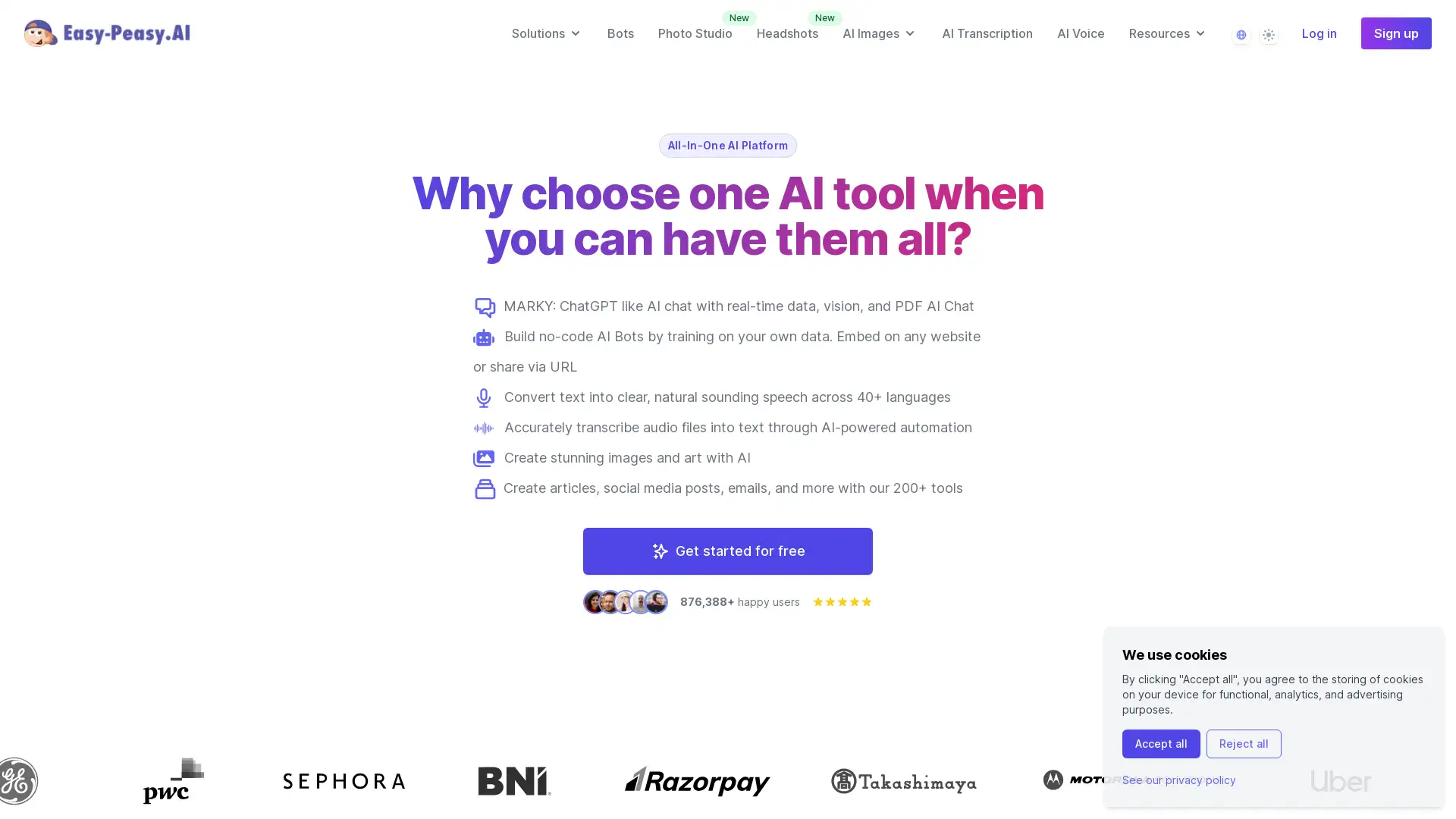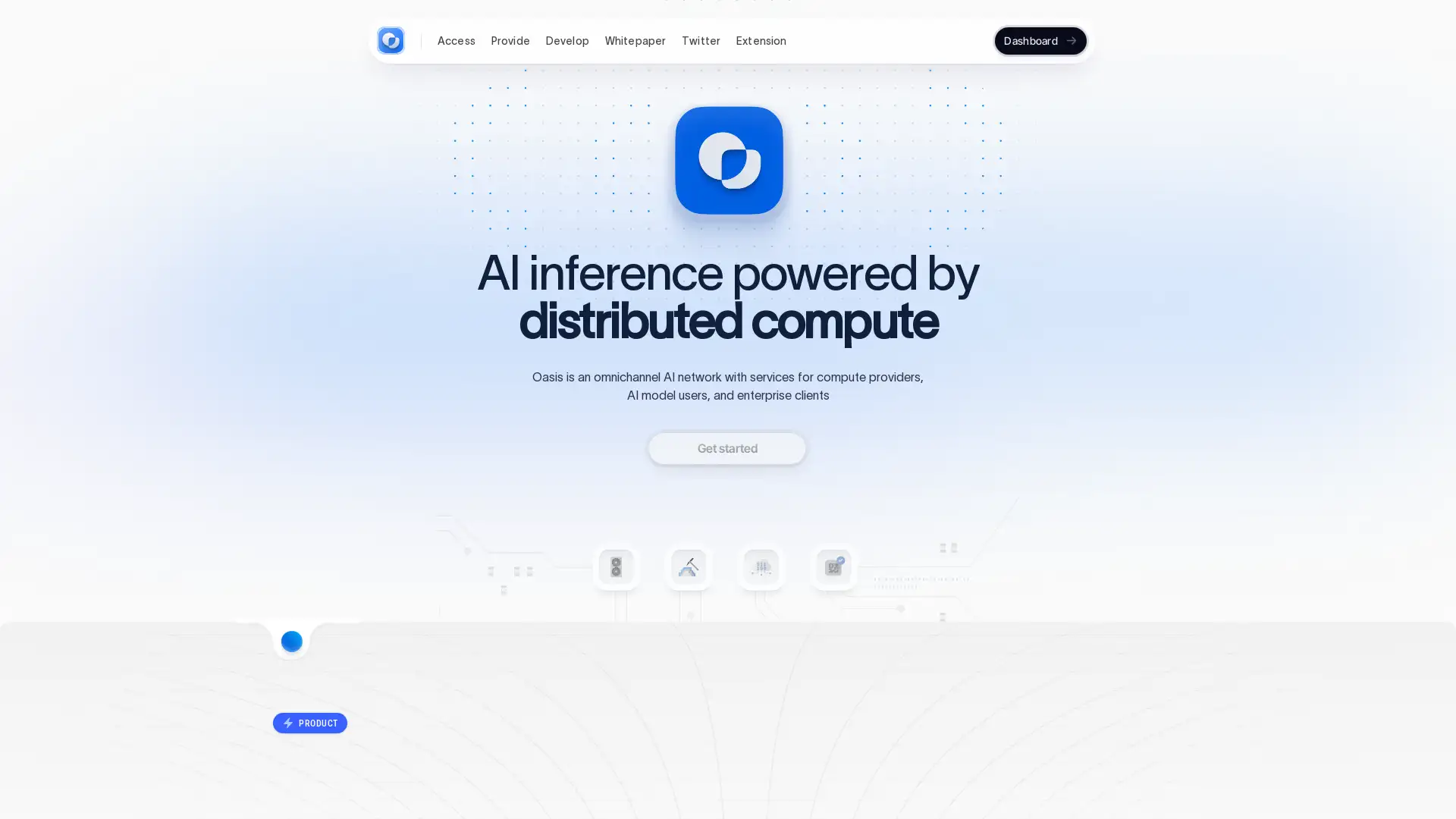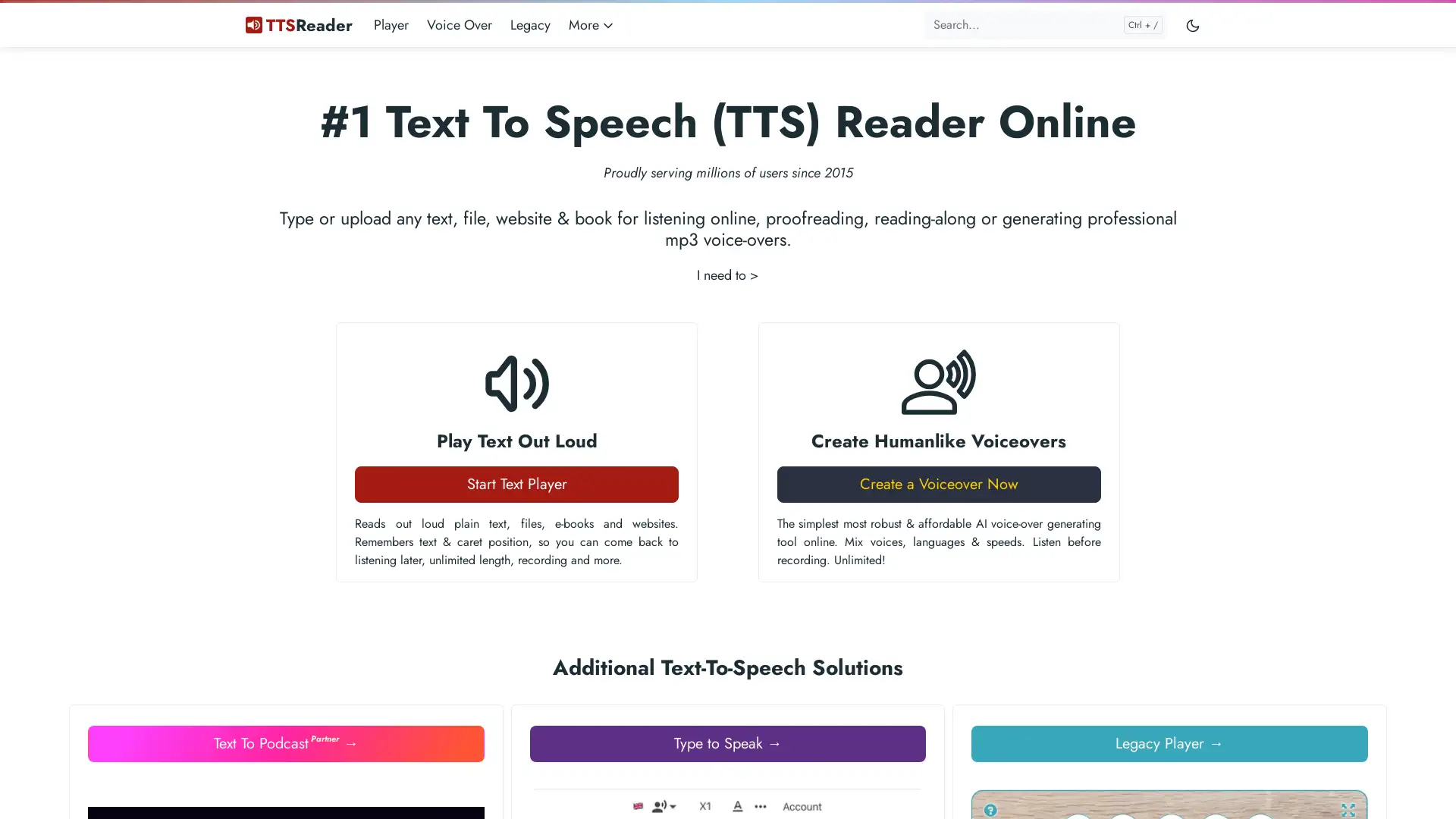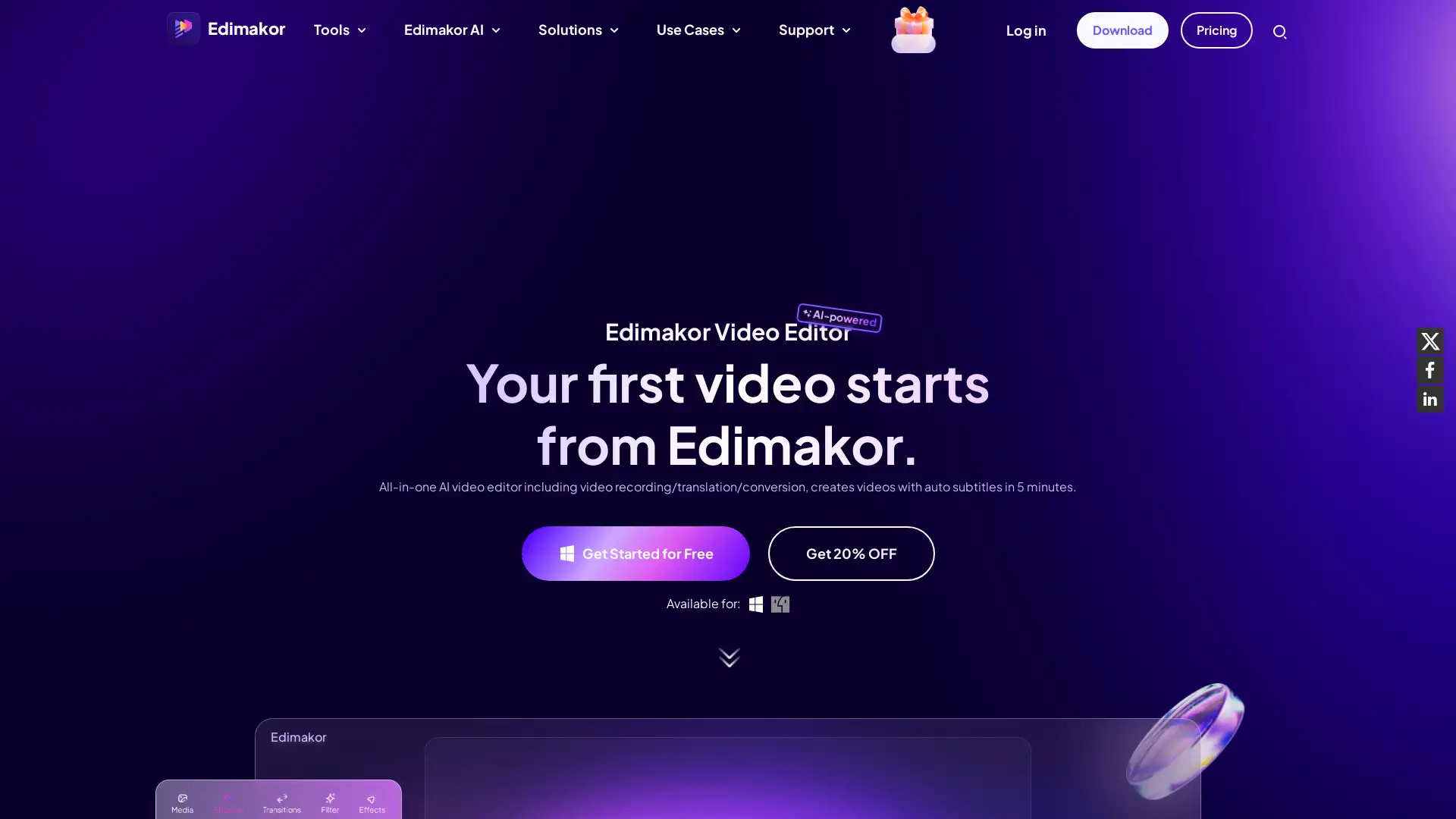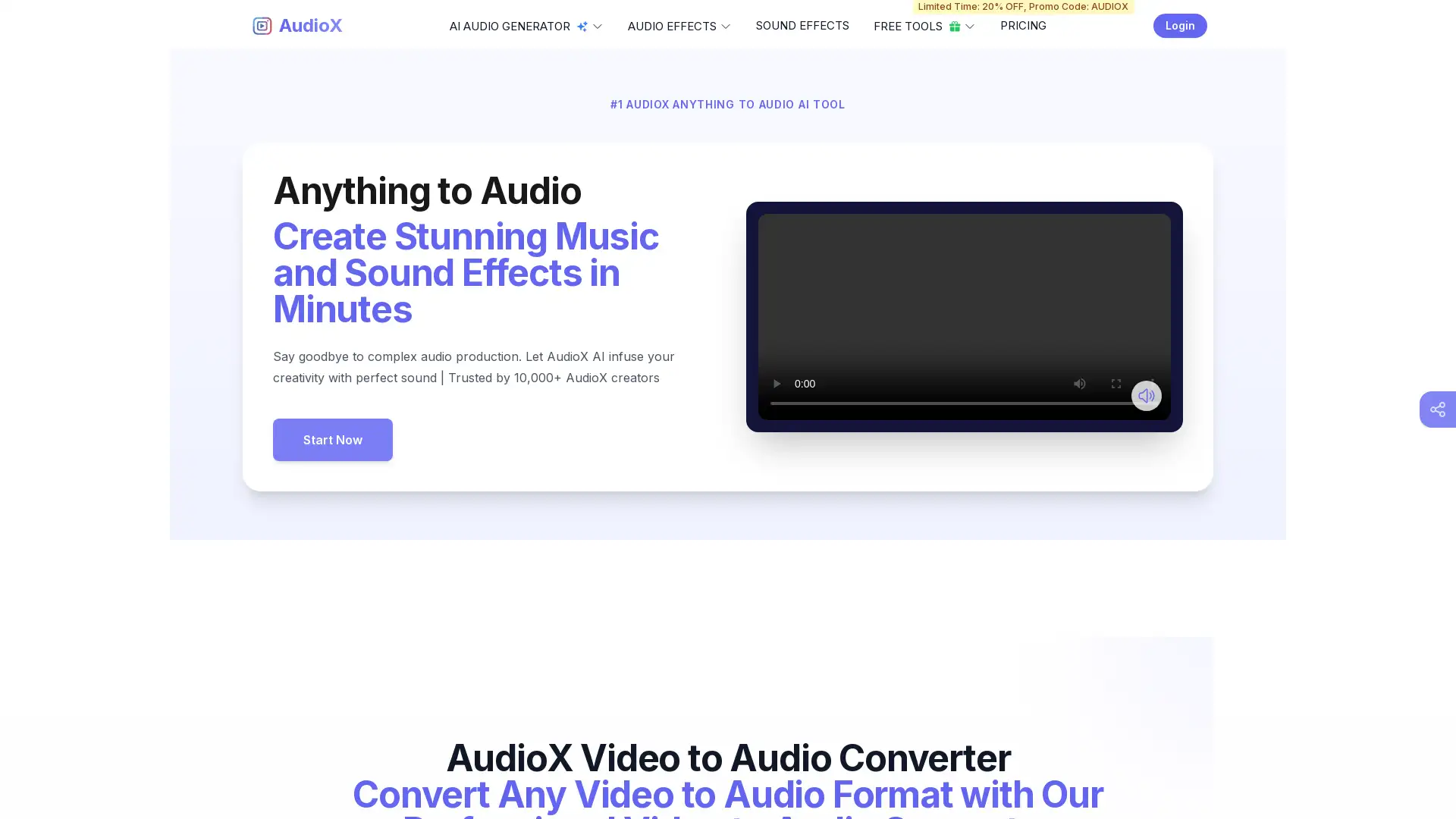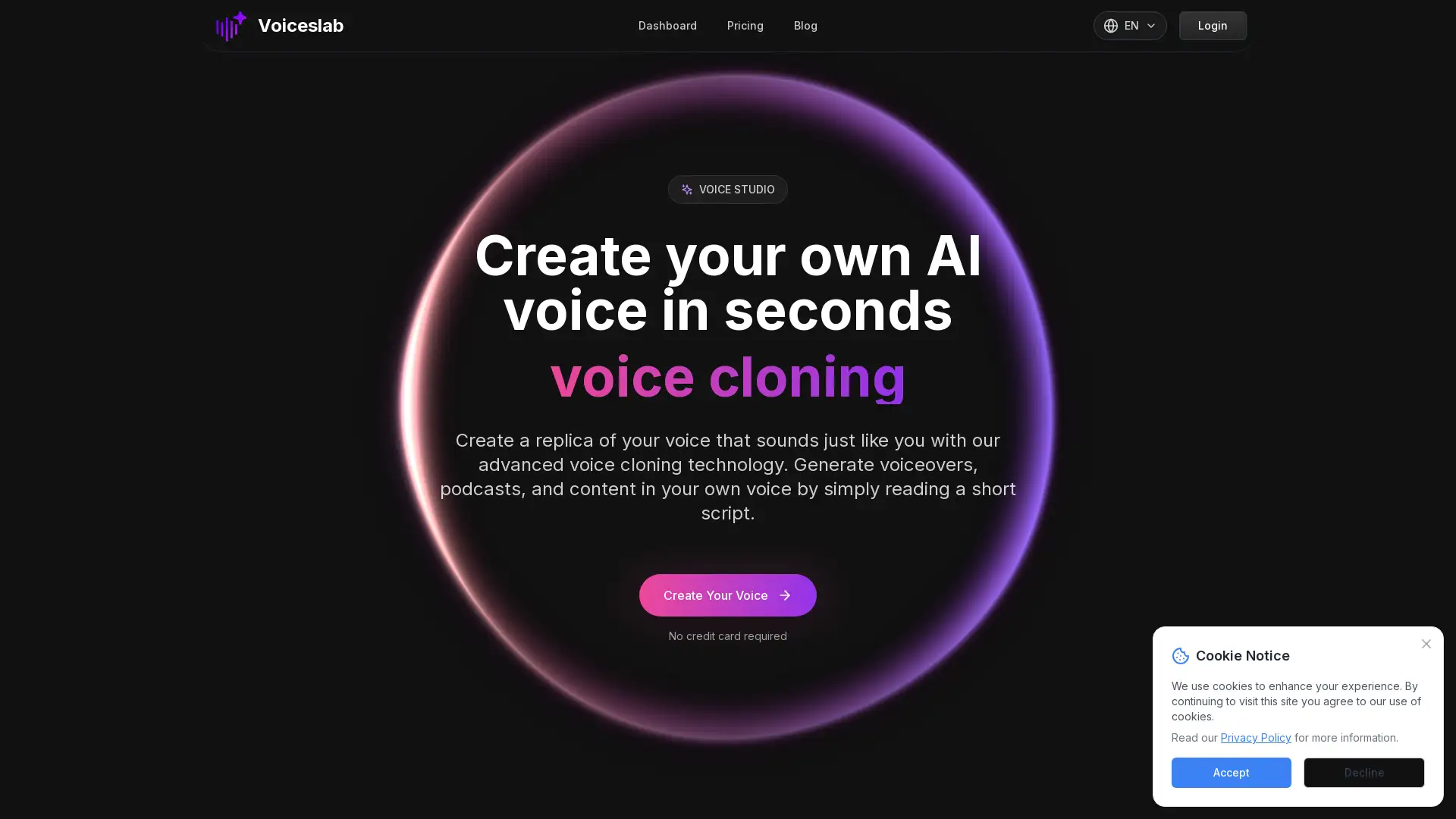Best 23 AI Tools for Text to Speech in 2025
Fliki AI, Deepbrain AI, Coqui TTS, Narakeet, VoiceMaker, DesiVocal, Deep AI, Dupdub, Uberduck, Voicify AI, Easy Peasy AI, Oasis AI, TTSreader, TtsFree, Edimakor AI, AudioX, Luvvoice, Voiceslab.io, AI Dubbing are among the best paid and free Text to Speech tools available.
Introduction to AI Tools for Text to Speech
AI tools for Text to Speech (TTS) convert written text into spoken language using advanced artificial intelligence. These tools utilize deep learning models to produce natural-sounding speech in various languages and dialects. Text to Speech AI tools are essential for enabling communication across different fields, making content accessible for users with reading difficulties or helping creators add voice to their projects seamlessly.
Key Features of AI Tools for Text to Speech
AI-powered Text to Speech tools come with features that range from converting simple text into lifelike speech to advanced functionalities such as voice cloning, multi-language support, and emotional tone adjustment. They often provide APIs for developers, customization options for tone and voice, and seamless integration into content creation workflows. Advanced models can also simulate human-like pauses, pitch changes, and emphasis, enhancing the natural feel of the generated speech.
Who Can Benefit from AI Text to Speech Tools?
AI Text to Speech tools are versatile, serving a broad audience that includes content creators, educators, individuals with visual impairments, and developers. For those without technical skills, these tools offer intuitive interfaces, while advanced users benefit from APIs and extensive customization options. They are ideal for anyone needing to generate natural-sounding voiceovers, narrations, or assistive speech.
Additional Insights on AI Text to Speech Tools
AI Text to Speech tools are transforming industries, from entertainment to education. With their user-friendly interfaces and ability to integrate into various workflows, they offer accessible solutions for enhancing content with speech. Their use in assistive technologies also bridges communication gaps for those with disabilities. These tools can be seamlessly integrated into systems, making them a versatile option for businesses and individuals alike.
